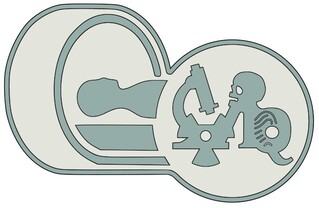Virtual reality (VR) technology has been making significant advancements in recent years, with applications ranging from entertainment and gaming to medical training and education. One area where VR has shown particular promise is in the field of medical training.
The use of virtual reality in medical training allows students and healthcare professionals to practice and refine their skills in a safe and controlled environment. This technology is especially useful for procedures that are complex, risky, or rare, such as osteotom autopsie.
Osteotom autopsie is a surgical procedure that involves cutting and reshaping bones to correct deformities or improve function. It is a delicate and precise procedure that requires a high level of skill and expertise. Using virtual reality simulations, medical students can practice and perfect their technique before performing the procedure on actual patients.
One of the key advantages of using virtual reality in medical training is the ability to provide realistic and immersive simulations. Virtual reality platforms can recreate the look and feel of a real operating room, complete with lifelike graphics, sound effects, and interactive tools. This allows students to experience a high-fidelity simulation of the procedure, helping them develop muscle memory and spatial awareness.
In addition to providing a realistic training environment, virtual reality can also offer a personalized learning experience. Students can practice at their own pace, receive instant feedback, and track their progress over time. This adaptive learning approach can help students build confidence and competency in performing complex procedures like osteotom autopsie.
Another benefit of using virtual reality in medical training is the ability to standardize and streamline the curriculum. With VR simulations, educators can ensure that all students receive consistent training and evaluation, regardless of their location or access to resources. This can help improve the quality and efficiency of medical education, leading to better outcomes for patients.
Furthermore, virtual reality can enhance the collaboration and communication among healthcare professionals. By participating in multiplayer simulations, students can work together in real-time, sharing knowledge, skills, and insights. This team-based approach can help foster a culture of collaboration and continuous learning within the medical community.
Overall, the use of virtual reality in medical training has the potential to revolutionize the way healthcare professionals learn and practice their skills. With its realistic simulations, personalized learning experience, and collaborative opportunities, VR technology can help improve the quality, safety, and efficiency of medical education. As technologies continue to advance, we can expect to see virtual reality playing an even greater role in training the next generation of healthcare professionals.
For more information visit:
MEDEQTECH
https://www.medeqtech.com/
0040727210655
COMUNA DENTA, STR PRINCIPALA NR.823, JUD. TIMIS
Produse si echipamente funerare. Distribuitor autorizat de produse biocide TP22 pentru imbalsamare – tanatopraxie – taxidermie. Reprezentant Hygeco Romania – Hygeco Post Mortem Assistance – Institutul Francez de Tanatopraxie.

